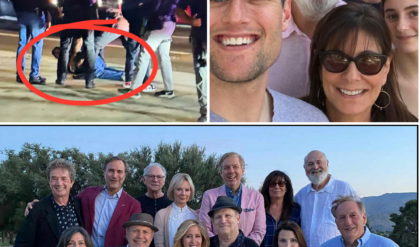Shōgun is a hit, but the original 1975 Shōgun novel by James Clavell and its 1980s TV adaptation were arguably even more influential.
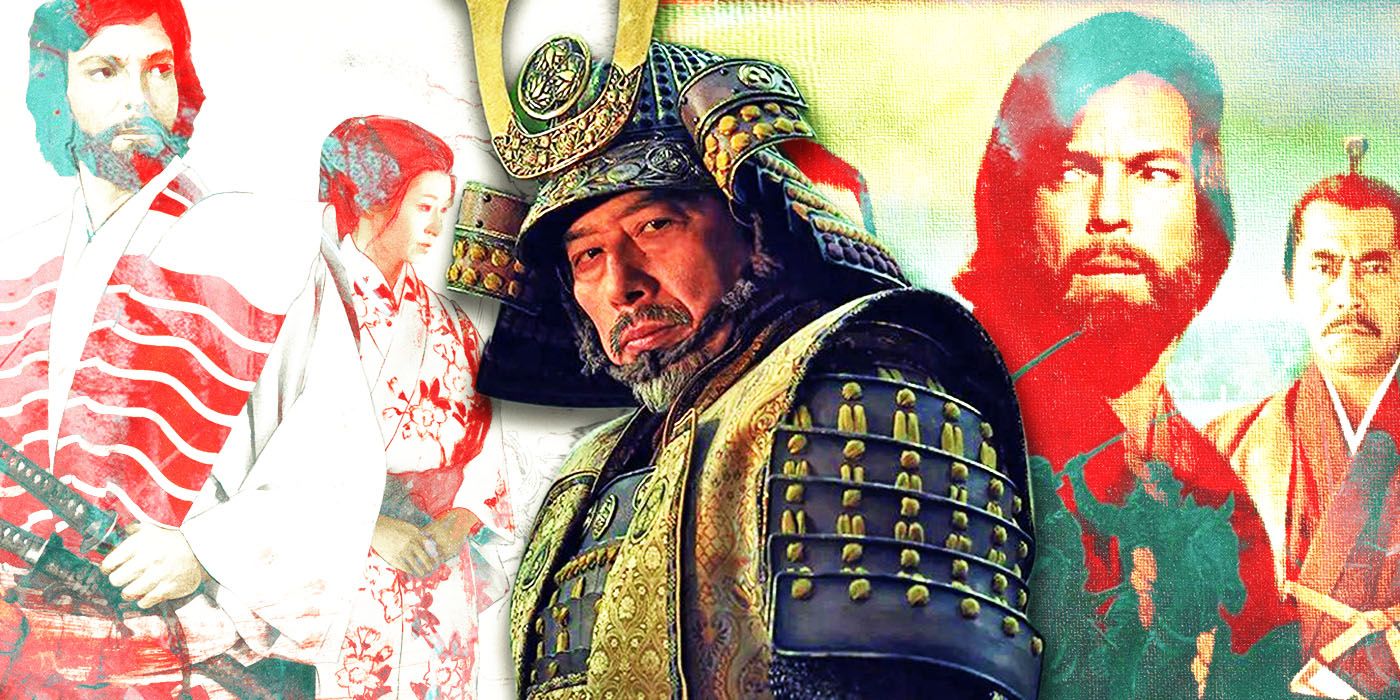
Shōgun wrapped up its season on April 23 with a satisfying and intense tenth episode, and after earning 9 million streams in its first six days (according to Variety) and sitting at or near the top of every streaming aggregator’s weekly top 10 list since its launch, it’s clear that the show is a hit. The public and critics alike have praised Shōgun for its rich visuals, sweeping story and extreme attention to detail, and CBR has named Shōgun a “modern masterpiece.”
While that’s an impressive feat, and some fans are already calling for a sequel series, it’s hard not to compare the success of 2024’s Shōgun to the versions of Shōgun that came before: namely, the original 1975 novel and the 1980s miniseries. After all, these two nearly 50-year-old depictions of a European in the land of the samurai are why the world has the modern Shōgun, and both the James Clavell novel and the Richard Chamberlain-led miniseries were runaway hits in their own times. In fact, few pieces of media have ever been as successful as the original Shōgun novel and show, and the stories of their mark on American culture are looks into the past that fans will
The Story of Shōgun Begins in a World War II Prisoner of War Camp
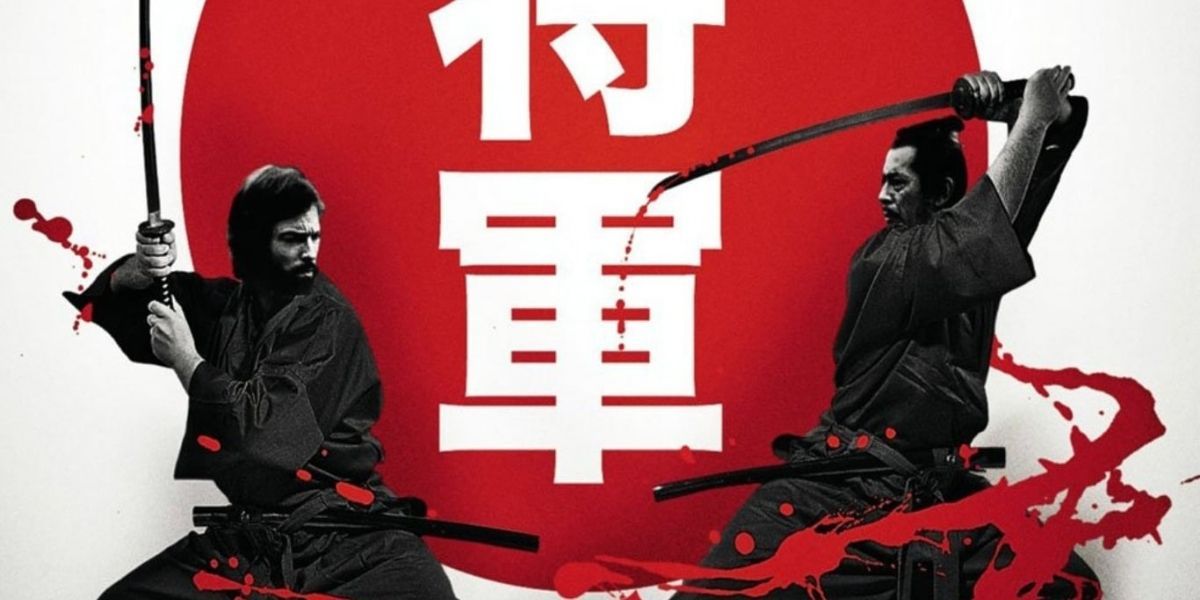
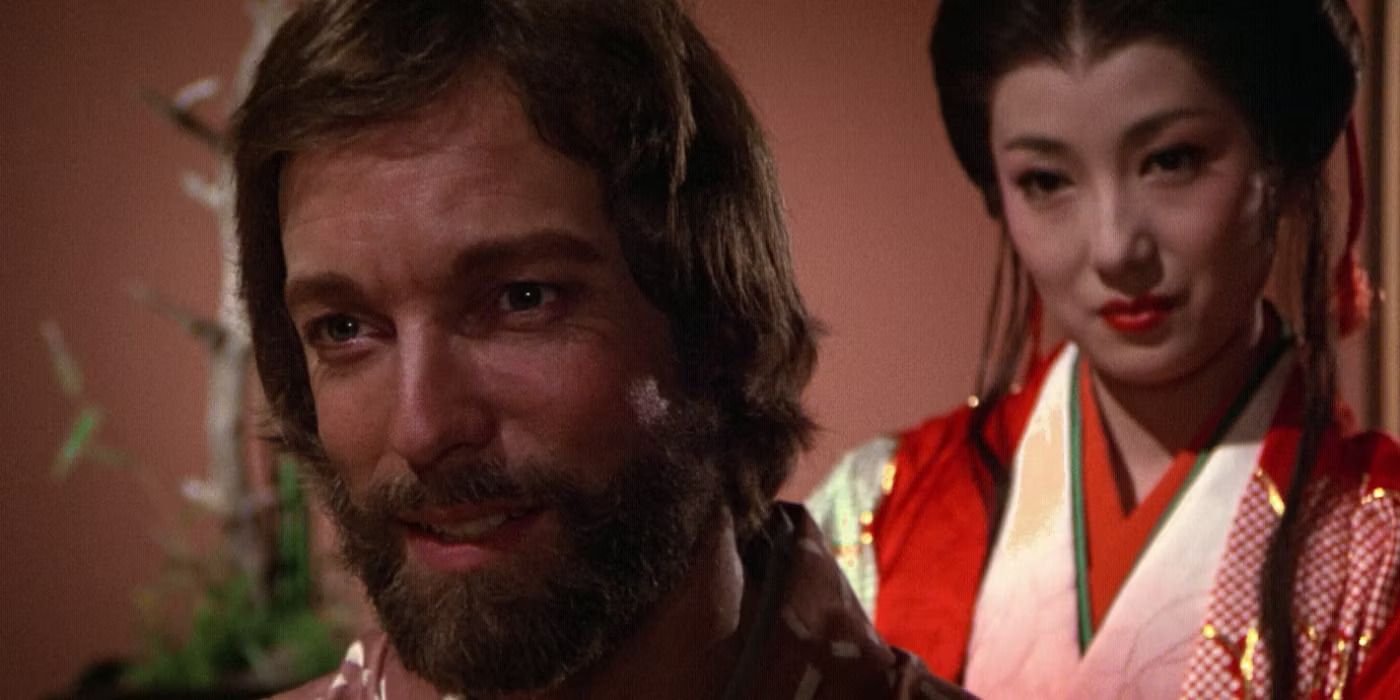
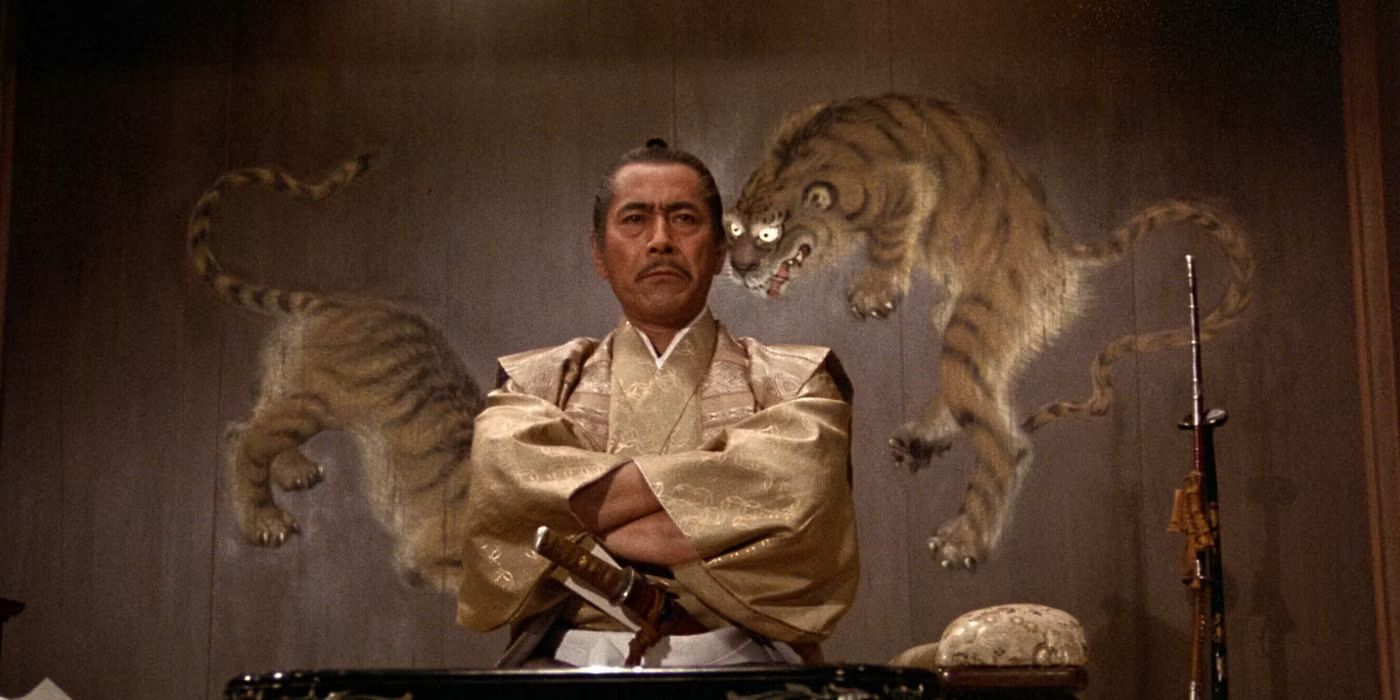
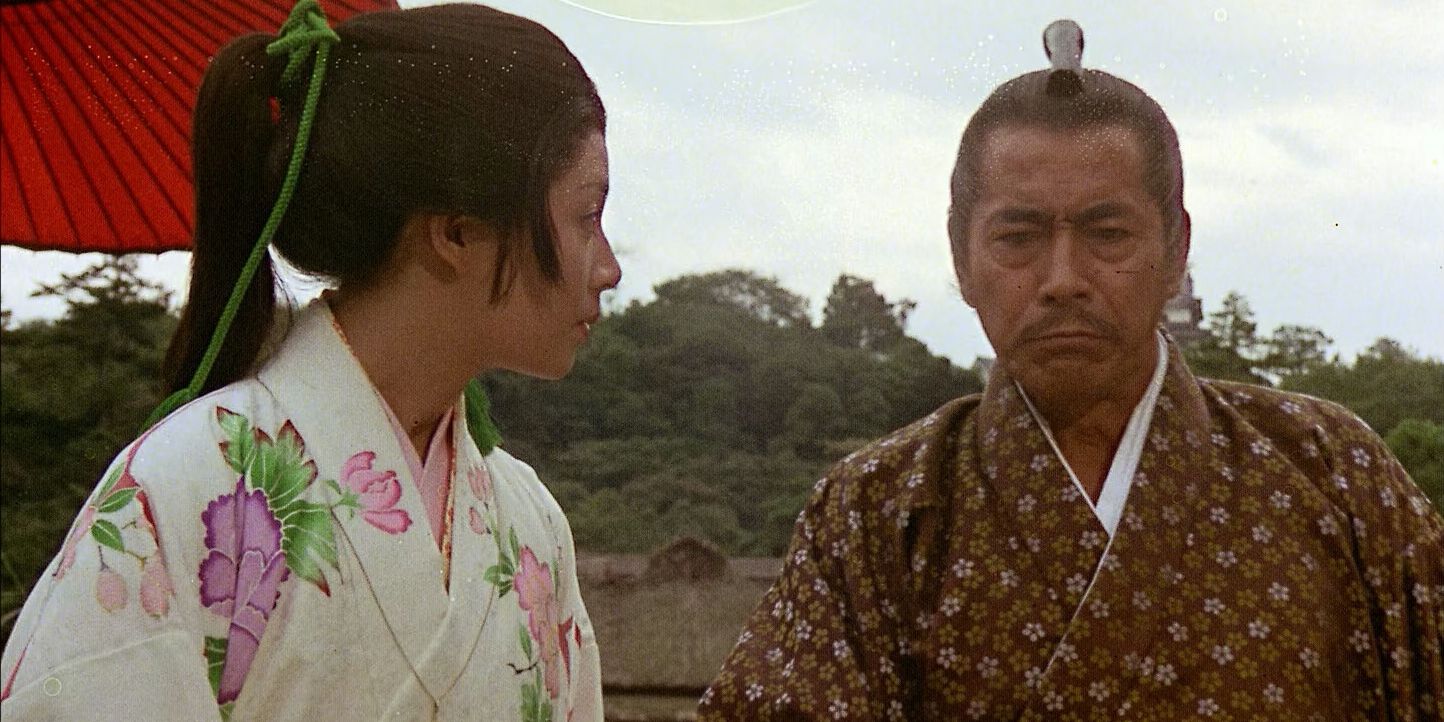
Shōgun author James Clavell served in the Royal Artillery in WWI and was captured early in his campaign.
Clavell’s experience in Changi Prison exposed him to Asian culture directly.
Clavell’s first novel, King Rat, can be seen as a direct result of his experiences in prison.
In 1942, an Australian-born British man by the name of James Clavell was shot in the face and captured by the Japanese military, who took him to a prisoner-of-war camp on the island of Java. It had not been a successful campaign for Clavell, as prior to being shot and captured, the ship carrying Clavell’s Royal Artillery unit was sunk before they even made it to the front.
Clavell was transferred to Changi Prison in Singapore shortly after his capture, and he spent the next three years there until the end of the war and the surrender of Japan. Clavell’s time in prison was not wasted, however. In a 1981 interview with The New York Times Magazine, Clavell had this to say:
“Changi became my university instead of my prison. Among the inmates, there were experts in all walks of life -the high and the low roads. I studied and absorbed everything I could from physics to counterfeiting, but most of all I learned the art of surviving , the most important course of all.”
In addition to this informal education, Clavell’s time in prison fostered in him an understanding and respect for Asian culture and gave him a host of details and stories that he would hold on to for years before eventually becoming a novelist.
From Prison to Hollywood to the Bestseller List: The Origins of Shōgun
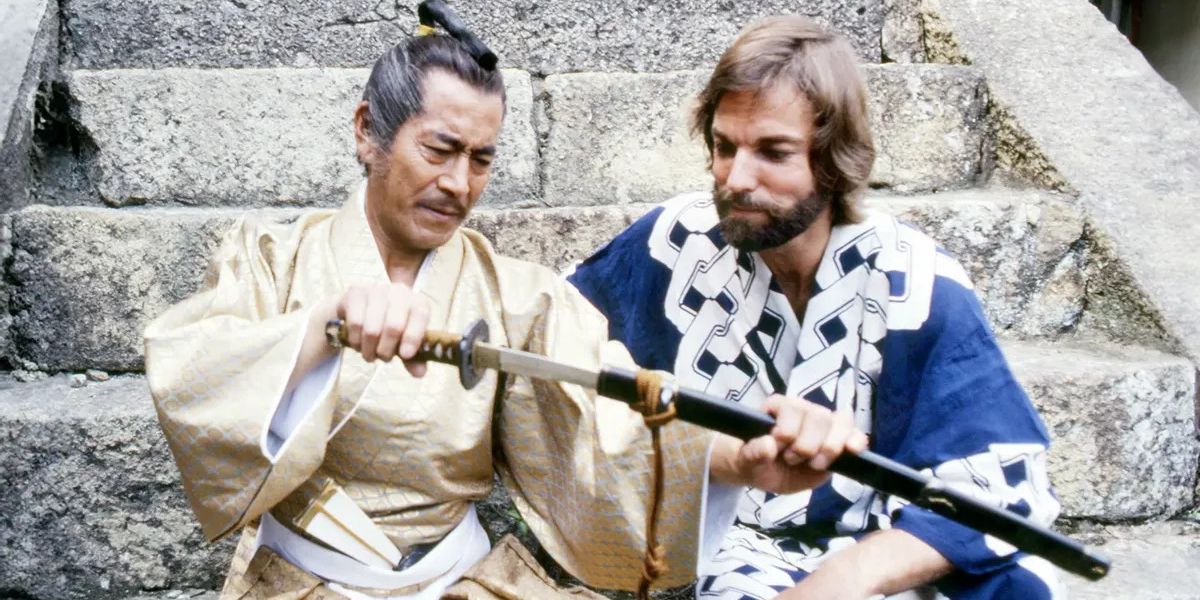
Though Clavell planned on being a military lifer, an accident led to his career as a writer.
Clavell was an in-demand film writer and director, with major hits as a screenwriter such as the 1958 adaptation of The Fly.
Clavell did not speak of his experiences for 15 years after the end of the war, but eventually a writer’s strike led to him writing novels about Asia.
After the war, Clavell’s military career was cut short by a motorcycle accident, and he was honorably discharged in 1948. Clavell then enrolled at the University of Birmingham, where he was introduced to his future wife, April Stride. April was an actress, and after hanging around film sets with her, Clavell decided that film was the world he wanted to work in, and thus the second chapter of his life began.
Clavell had quite a career in film, starting in distribution in England and then moving to screenplay writing, which eventually led him to America in 1954, first to New York and then, inevitably, to Hollywood. Unsurprisingly, Clavell’s first major sale of a screenplay was about the military, selling a script about pilots called Far Alert to RKO. This marked the first time Clavell had success in what eventually made him a household name: turning the stories and details he picked up in his time in the military into dramatic narratives.
Clavell went on to pen several pulp films, working in genres from military to sci-fi and even horror. He even wrote a Broadway show with famed director John Sturges (director of The Magnificent Seven, recently remade with Denzel Washington), though it never went into production, but it was the Writers Guild strike of 1960 that would lead to Clavell’s biggest successes. Being unable to write for film during the strike, Clavell decided that it was time to write a novel. His first book, 1962’s King Rat, was based on his time in Changi Prison, featuring a grim story about British POWs in Asia, with character Peter Marlowe based on Clavell himself. The brutal tale of prisoners raising rats to sell to officers as a meat source came out of Clavell quickly, taking less than a year to write and polish, and it sold decently after its later release.
Clavell went back to films after the 148-day strike ended, a strike that particularly led to better earnings and rights for screenwriters. Clavell continued to do well in Hollywood, writing for films like The Great Escape (a huge hit) and The Satan Bug, and eventually moving into producing and directing, notably writing, producing and directing 1967’s well-respected film helmed by true acting legend Sidney Poitier, To Sir, With Love. Despite his film successes, Clavell turned back to novel writing, and his second novel Tai-Pan was released in 1966 and sold over 1.5 million copies in paperback.
Shōgun, the Asian Saga, and Unprecedented Success
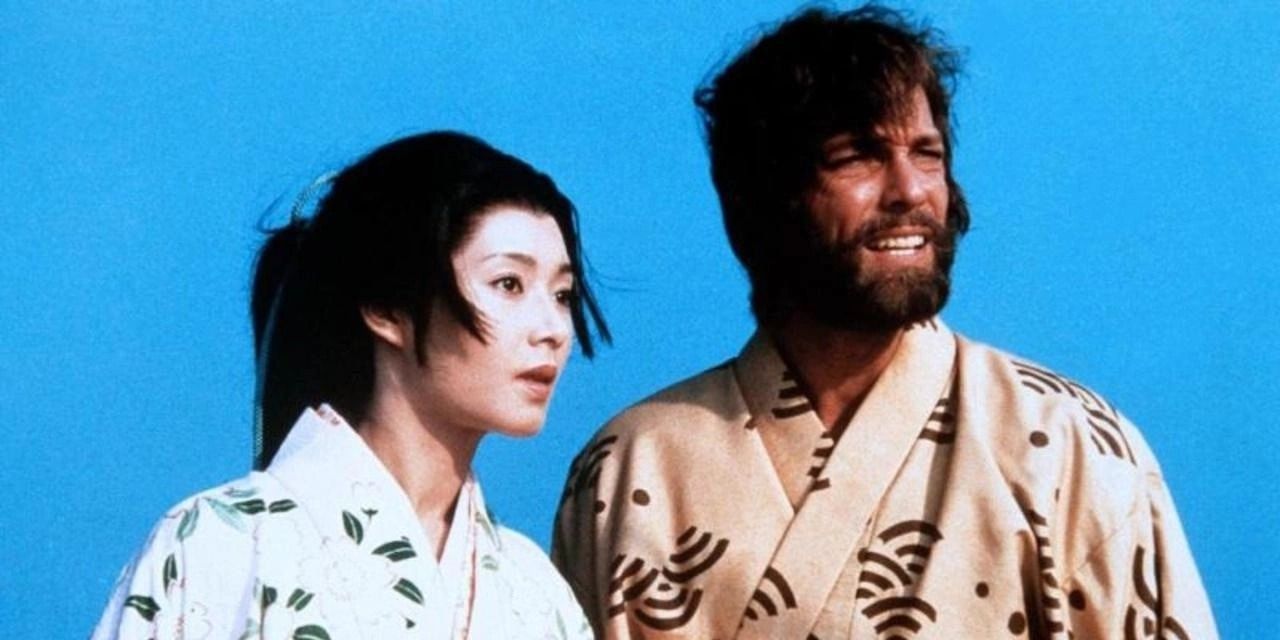
The Asia Saga
Title
Published
Chronological Order
Setting and Year
Adaptation(s)
King Rat
1962
4
Singapore POW camp, 1945
Film, 1965
Tai-Pan
1966
2
Hong Kong, 1841
Film, 1986
Shōgun
1975
1
Japan, 1600
Miniseries, 1980 | Film Cut from Miniseries, 1981 | Second Miniseries, 2024
Noble House
1981
5
Hong Kong, 1963
Miniseries, 1988
Whirlwind
1986
6
Iran, 1979
None
Gai-Jin
1993
3
Japan, 1862
Planned, never produced
Eventually, Clavell had a couple of bombs in his film career, and he decided to take three years off to research and write what would be the defining work of his career: Shōgun. Beginning with inspiration from a line in his daughter’s textbook, which simply said “in 1600, an Englishman went to Japan and became a samurai,” Clavell researched the life of a man named William Adams, who left diaries of his life as the first Englishman to reach Japan. In Clavell’s novel, Adams became John Blackthorne.
In Shōgun Blackthorne meets Yoshi Toranaga, based on famed samurai lord Tokugawa Ieyasu, and the real-life story of Adams becoming a “Western samurai” under Tokugawa’s banner was condensed and dramatized. While the work featured a generous dose of narrative leeway and some historical inaccuracies, Clavell filled Shōgun with an incredible amount of detail about Japanese life in the 1600s, with 1,700 pages revealing an intriguing culture that had largely been unknown to Western audiences. This was early in the stages of what would become a worldwide passion for Japan, including today’s massive anime culture.
The book was a spectacular hit. By 1980, Shōgun had sold six million copies, had been printed in hardcover 14 times and 38 in paperback and was considered a global phenomenon. It was so ubiquitous, and important for Clavell’s career, that he told The Globe and Mail in 1986 that the time before Shōgun and the time after was like “B.C. and A.D.”, adding:
“It made me. I became a brand name.”
Shōgun Dominates on the Page and Moves to the Screen
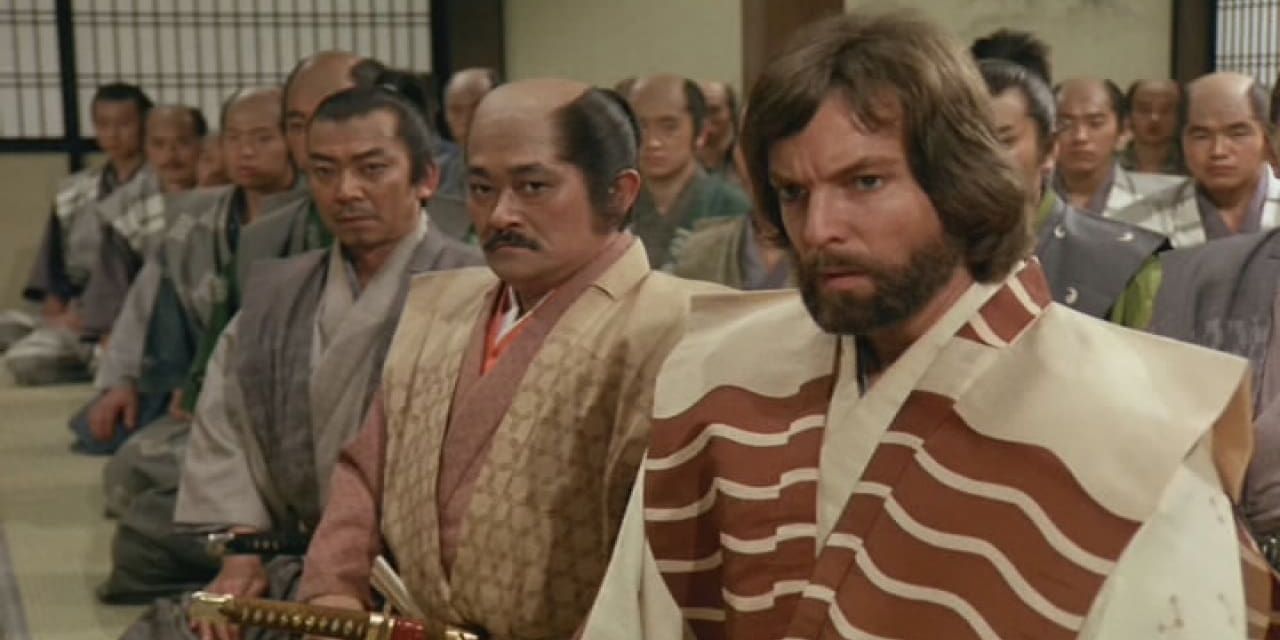
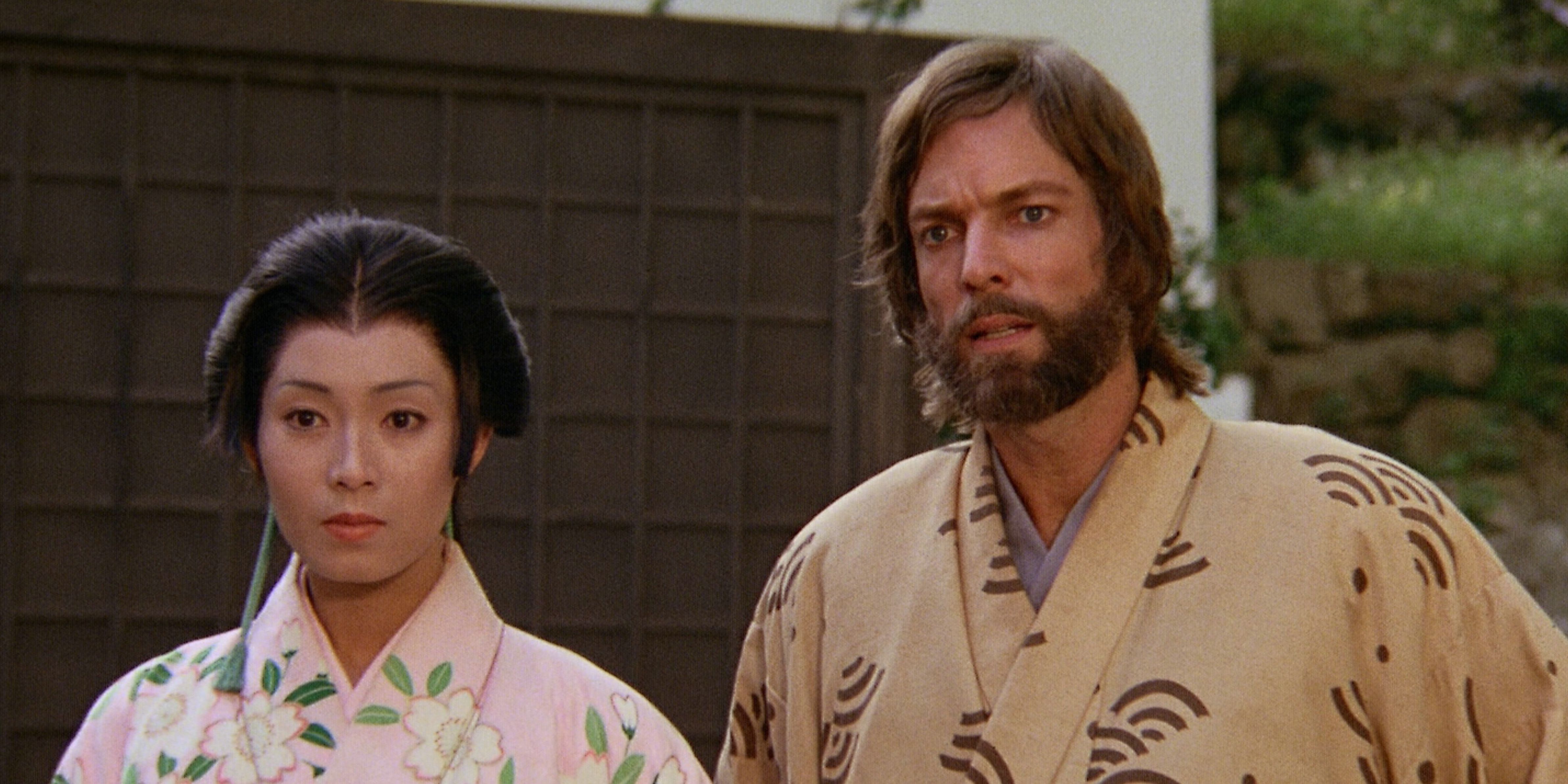
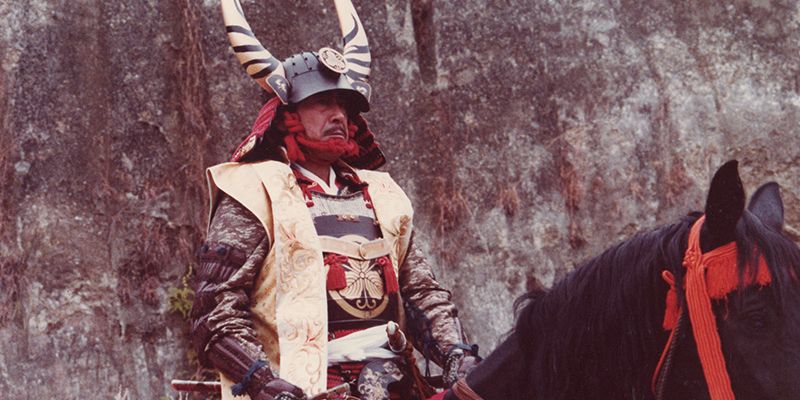
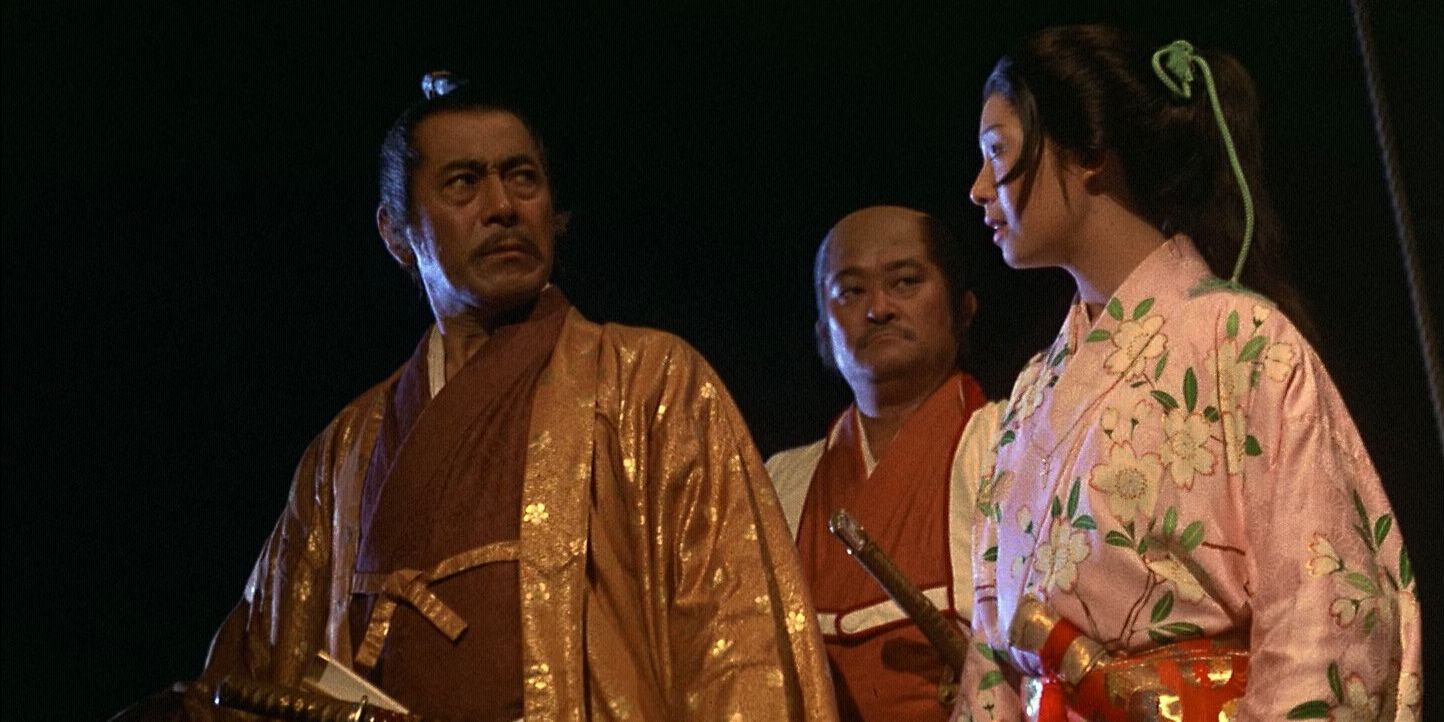
Shōgun was the 9th best-selling novel of 1975, according to Publisher’s Weekly.
The book was such a success that The New York Times said in a 1981 article, “Shōgun readers have commonly reported becoming so engrossed in the novel that their jobs and marriages pale by comparison.”
The release of the Shōgun miniseries coincided with another major film strike, helping it to great popularity as there was little other original content on TV.
The novel was an unqualified phenomenon, to the point that Clavell famously and repeatedly claimed that a ruler of an unnamed Middle Eastern state offered him a full oil tanker to write a book about their country to do what Shōgun did for Japan. It didn’t take long for Clavell to see the potential for a filmed version of Shōgun, and in 1976 he hired the writer of Lawrence of Arabia, considered a top 10 film of all time, to do a screenplay. Eventually, that turned into having TV writer Eric Bercovici (The Man from U.N.C.L.E.) write it as a miniseries, as there was too much content for a movie.
Roots and Jesus of Nazareth had been successful as TV miniseries’ in 1977, so Paramount decided to produce the show with Clavell as executive producer and with made-for-TV director Jerry London. The studio decided to film on-location in Japan, which is credited with much of the series’ appeal but reportedly kept first-choice Sean Connery from playing Blackthorne (it’s said he laughed at the idea). Eventually, former teen idol Richard Chamberlain got the lead and was joined by Japanese legend Toshiro Mifune.
$22 million in production costs later, and Shōgun was set to release on NBC starting on September 15, 1980. It was a massively hyped show, helped by the fact that Clavell’s project coincided with more strikes, this time from the Screen Actors Guild and the American Federation of Television and Radio Artists. According to a 1980 Washington Post preview, though, and echoing a sentiment from many reviews of the 2024 Shōgun four decades later, “Even without the actors’ strike that has decimated the competition on other networks, “Shōgun” would be The Thing To See on television this week“. With the immense popularity of the book in its back pocket and an open field on the airwaves, the stage was set, and Shōgun aired five nights in a row between September 15 and 19.
Shōgun Breaks Ground, Changes America and Becomes the Most-Watched Program in NBC History
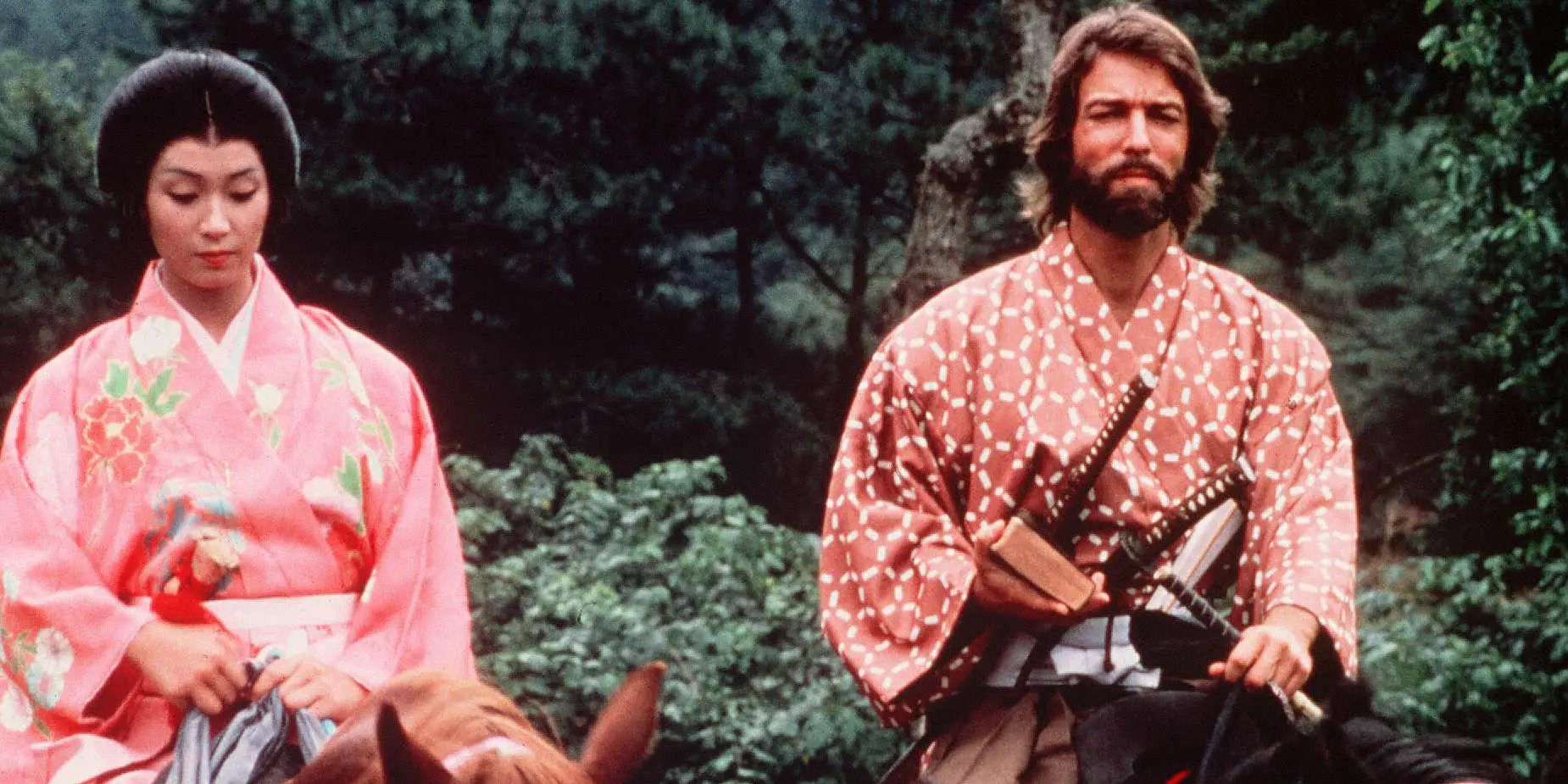
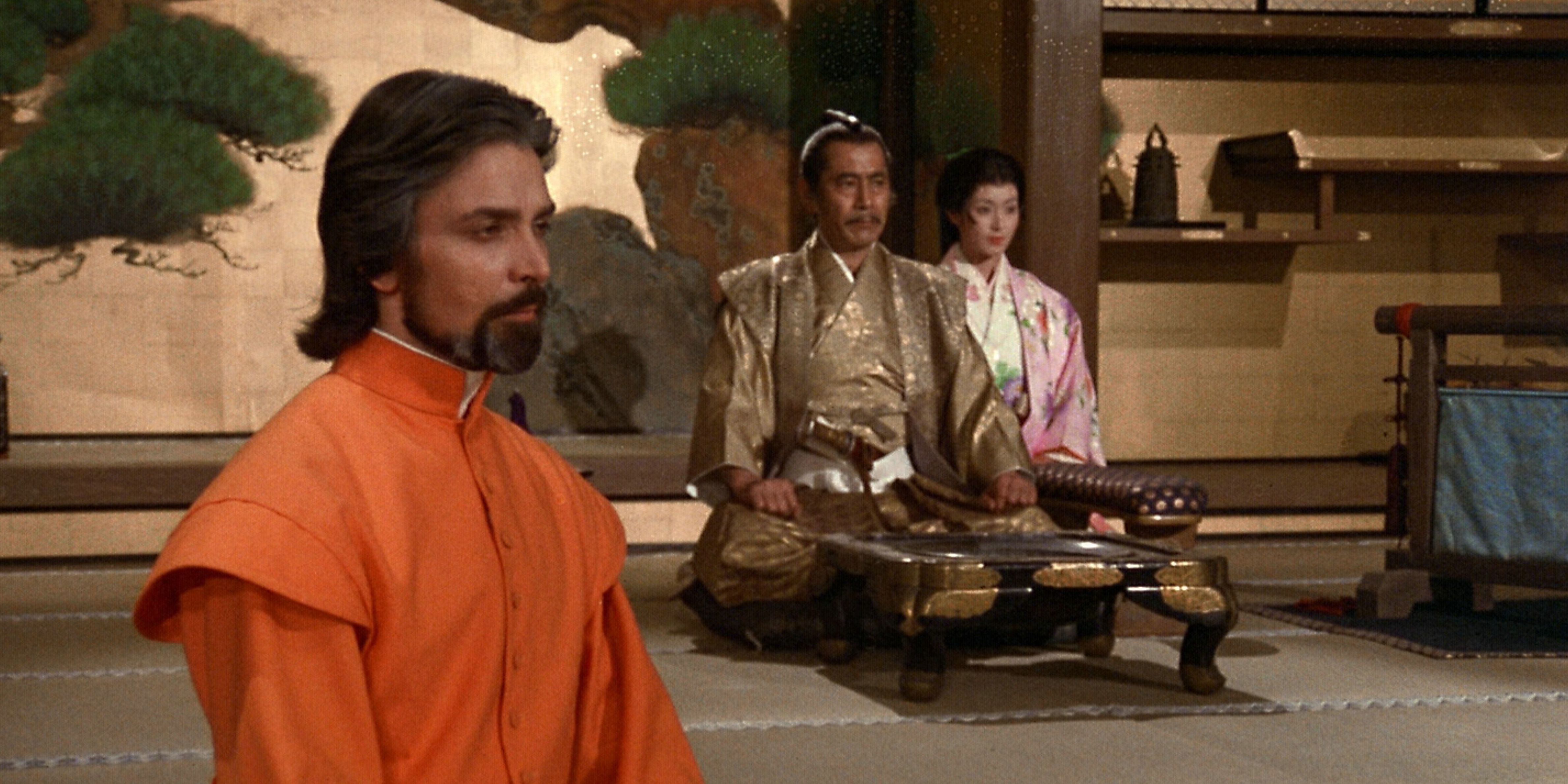
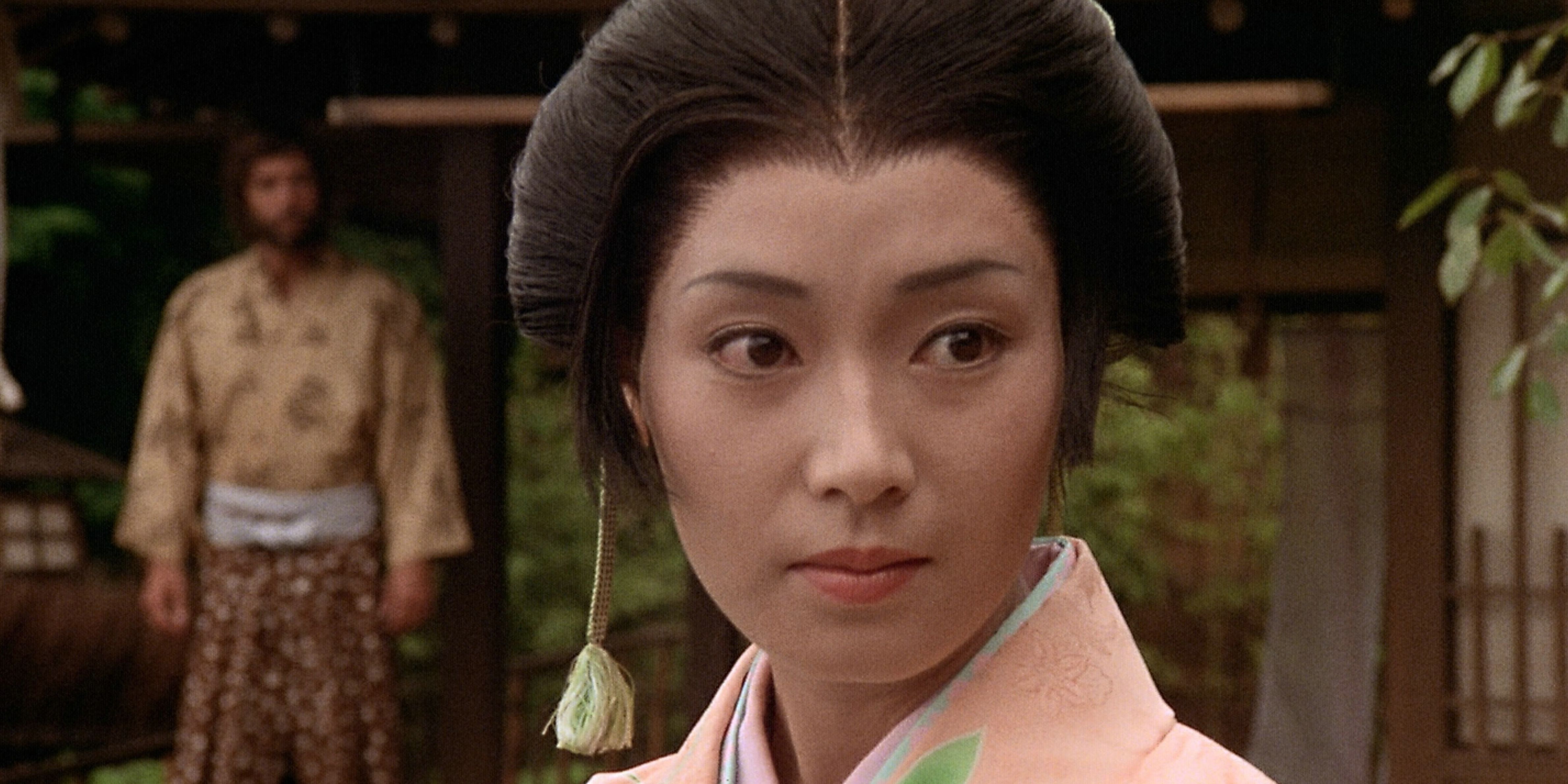
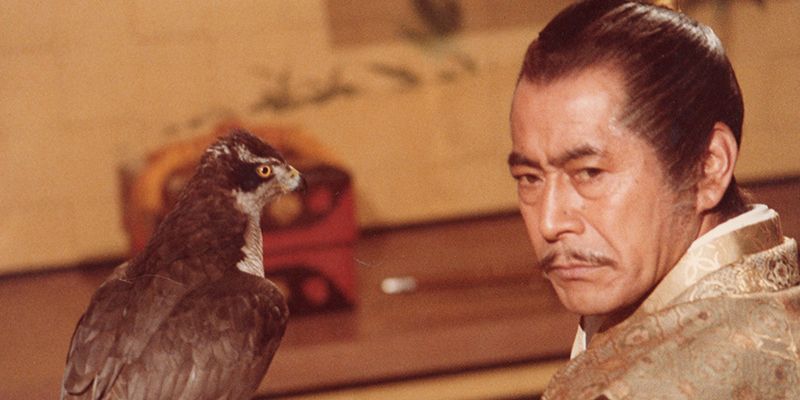
Shōgun‘s details and spectacle appealed in a major way to American audiences.
Shōgun was watched by an enormous number of American households, setting multiple viewership records.
The show featured a number of firsts for network TV.
If Shōgun the novel was huge, Shōgun the show was a sensation. Shōgun aired to a staggering 23 million viewers, and its weekly Nielsen rating of 26.3 was the highest in NBC history and the second highest for a miniseries ever, after Levar Burton breakout vehicle Roots. It’s estimated that almost a third of American households had the show on at some point, and some stories claim that restaurants and theaters saw a dip in attendance during the airings.
Shōgun was such a hit that many hard-to-prove legends have grown around its success, partly due to a somewhat sensationalist making-of documentary. The documentary included extraordinary claims, such as that the introduction of sushi in America was because of Shōgun. While this is now seen as an exaggeration, it’s definitely true that Shōgun was part of a major surge in interest in Japan by the West.
In fact, Shōgun‘s representation of real-world Japan and use of major Japanese actors, which the remake continues, was just one of the areas where it pushed boundaries. The show was also notable for its willingness to show adult material, with its scene of a man being boiled alive, its depictions of suicide, its sexuality and a shot of a woman’s breast being unusually graphic for the time. Additionally, the beheading shown, the use of the word “piss” and the scene of a man urinating were all firsts for network TV.
Shōgun’s Legacy Endures Today
The 1980 Shōgun won many TV awards, and there have already been a number of articles predicting that the 2024 version will as well.
There is no immediate sequel to Shōgun in Clavell’s writing (as Gai-Jin is set over 200 years after Shōgun), but creator Justin Marks has said a second season is unlikely but not impossible.
For its artistic merits, Shōgun was nominated for 14 Emmys (three wins), three Golden Globes (all wins), a Peabody Award (won) and a People’s Choice Award (won). Clavell himself won an Emmy for Outstanding Limited Series as Shōgun‘s executive producer, and the show’s popularity led to even more sales for his book, which sits at 15 million sold in 2024.
Clavell went on to write three more books in his Asian Saga, including 1993’s Gai-Jin, which connects the story of Shōgun to that of the other novels. Each book in the Asian Saga was a relative success, but none reached the astronomical sales numbers of Shōgun. It was not until 2024’s remake of Shōgun, which follows the books much more closely than the 1980 show, that Clavell’s stories once again reached near-phenomenon levels of popularity. It’s a different world when it comes to TV now, as there’s far more competition when it comes to entertainment, but by modern standards, Shōgun is once again a huge hit. Variety’s report adds that the first two episodes were watched for a total of 572 million minutes, a huge number for any show.
While America may never see the likes of a full third of households watching the same show at the same time again, by all measurements, 2024’s Shōgun is a huge success, and in that regard, it lives up to its source material. With a lasting grip on global audiences, Shōgun is one of the iconic modern stories, and whether it comes in the form of a sequel series or perhaps another remake in another few decades, it’s likely that the world has not seen the last of Shōgun.


